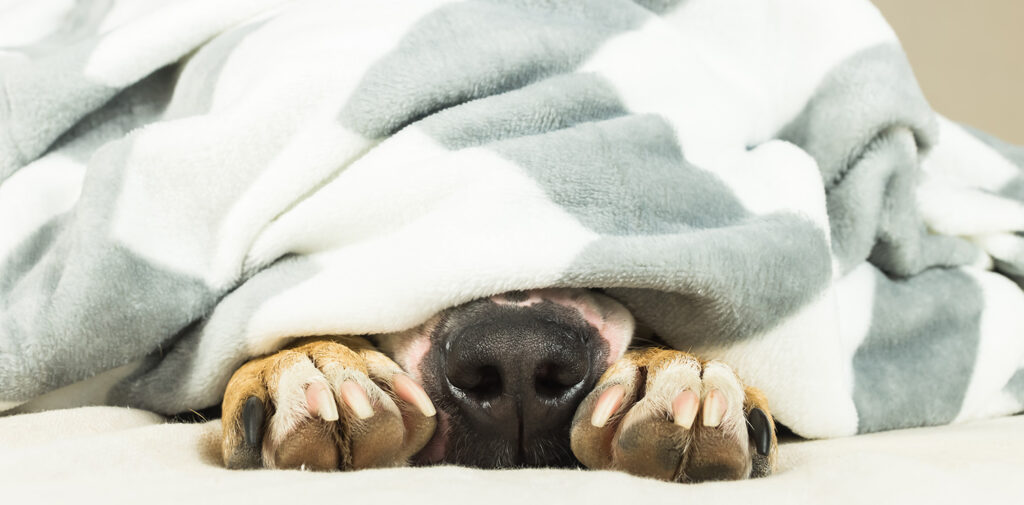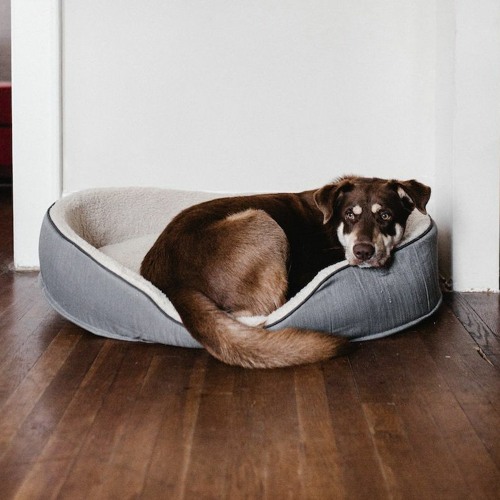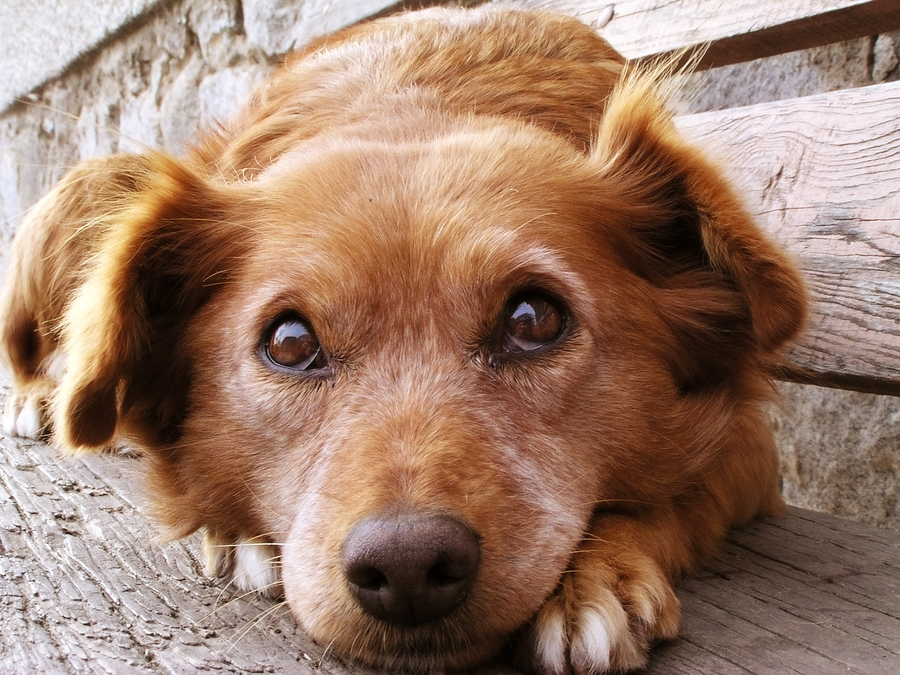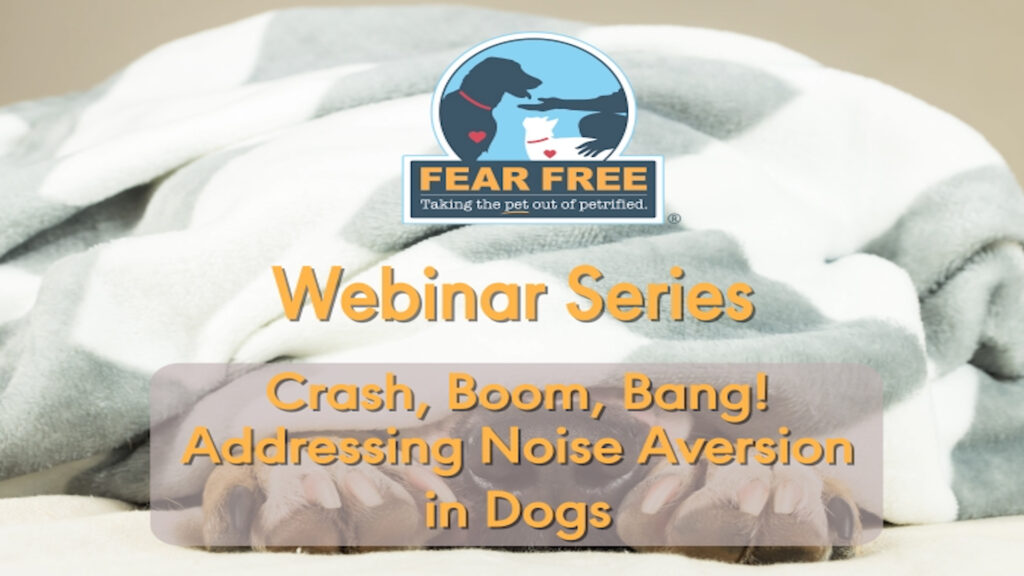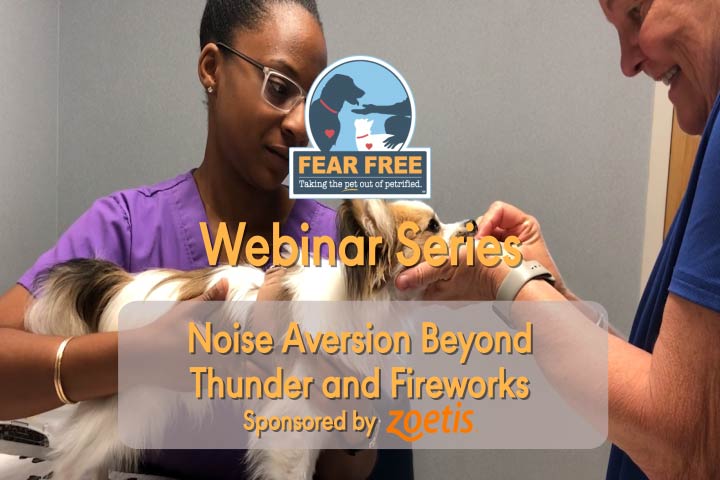Linda Lombardi
Fireworks and other loud noises are a common cause of fear and anxiety in dogs. A recent study provides some insight into the progression of this fear over time and provides evidence of the effectiveness of training and the importance of preventive training before fear develops.
“Not a one-way road—Severity, progression and prevention of firework fears in dogs” by Stefanie Riemer, published in PLoS ONE in September, analyzes the results of an online survey of dog owners who answered questions about the severity and development of fear, demographic factors, other behavior issues, and efforts made to address the problem. Out of 1,225 responses analyzed, 52 percent of dogs were affected by this fear to some extent. The severity of the fear was assigned a “Welfare-impaired score” based on the question “Please rate your level of agreement with the following statement: The overall welfare of my dog is strongly compromised by fireworks,” answered on a five-point scale from “disagree strongly” to “agree strongly.”
This fear often showed up early: in 45 percent of cases, at under one year. However, it also developed later, although in almost all cases before six years of age. Responses also showed that this fear can change considerably over time, both for the worse and the better, even if nothing is done to address it. Great improvement was reported for 10 percent of dogs and almost one-third of dogs tended to improve; just under one-fifth reported the fear had gotten worse, and 8.5 percent, much worse. One-third of dogs were reported to have shown no change.
Improvement was not always due to training or medication. For the subset of dogs whose owners had not sought advice for the problem and were not professionals such as trainers or veterinarians themselves, there was slightly less improvement, but also less deterioration – about half reported no change.
Owners of 530 dogs (43.3 percent) reported doing some training to prevent or treat firework fears. Preventive training was most effective: the median Welfare-Impaired score was 1 (lowest possible) in dogs trained in puppyhood and 2 in dogs trained as adults, compared to a median score of 4 for dogs with no training before the onset of fear. Statistical testing showed no significant difference between preventive training as a puppy and as an adult. However, there was a significant difference between having preventive training and having training only after fears had developed.
Training after fears developed was nevertheless shown to be worth doing, as those dogs were significantly more likely to show improvement. The effect of training was independent of whether the dog was treated with medication, as there was no difference in the proportion of dogs in groups that did and did not receive training.
The importance of some other factors investigated, including potential correlations with health problems and other behavior problems, were unclear, but one finding was that certain breed groups were more likely to suffer from this fear, including herding dogs. At the same time, one of the two most significant risk factors was being a mixed-breed. These results may seem contradictory, but they suggest that both genetics and upbringing are relevant. “Mixed-breed dogs originated from shelters or from the street more often so, on average, mixed-breed dogs probably had less positive socialization experiences,” says author Stefanie Riemer.
The other significant risk factor was older age. Again, at first glance this might seem to contradict the finding that fears develop at an earlier age, but fears are not static with aging. “While in over 70 percent, firework fear was noticeable before the age of two years, firework fear often does not disappear on its own, even though it may be improved, as I found in my study,” says Riemer. “Therefore, the longer the dog has been in the world, the more likely it is to have developed a fear of firework at some point in its life. Moreover, often the fear gets worse over time, which may lead to higher average fear scores in older dogs.”
The high number of owners who sought help for the problem (45 percent overall and 70 percent of owners of fearful dogs) was large compared with what has been found in other research. Riemer says, “I am sure the owners in the sample were above-average motivated to work with their dog. I don’t think this invalidates the finding regarding the effectiveness of training but of course a higher level of experience might make them more effective trainers.”
The results suggest that because preventive training is most effective, it’s a good idea to do some training with dogs who are not showing fear, but even after fear develops, it’s not too late. “This study shows that if your dog is afraid of fireworks or other loud noises, it’s important to do something about it, because it can make a difference,” says Zazie Todd, PhD, author of the blog Companion Animal Psychology. “There are several ways to help dogs who are afraid of fireworks, including gradual desensitization and counter-conditioning using a recording of the sound.”
Todd notes that Riemer’s recently published followup study on the effectiveness of various training methods found that owners reported that both ad-hoc counterconditioning and relaxation training helped.
She also observes that while some dogs’ response to noise is too obvious to miss, owners may need to be educated to notice it in others: “Other research has shown that sometimes people miss the signs their dog is afraid of fireworks, so it’s important to be aware and look for them.”
This article was reviewed/edited by board-certified veterinary behaviorist Dr. Kenneth Martin and/or veterinary technician specialist in behavior Debbie Martin, LVT.
Linda Lombardi writes about the animals that share our planet and our homes for magazines including The Bark, websites including National Geographic and Mongabay.com, and for the Associated Press. Her most recent book, co-authored with Deirdre Franklin, is The Pit Bull Life: A Dog Lover’s Companion.
